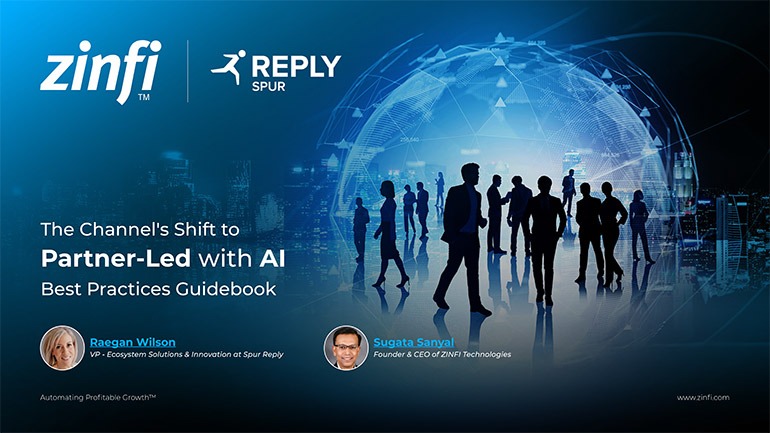Best Practices Articles

Seven Essential Requirements for the Next-Generation Partner Portal
What is a partner portal? What are the primary components of today’s partner portal? Where does program content end and relationship automation begin? And why are so many systems needed to make it work (even though in reality we know that most of the elements of the partner portal don’t actually work well together)? In truth, most partner portals today require too much work and too much dependency on subsystems like CRMs and learning management and incentive management tools that are all patched together. We know they don’t flow together well, they don’t work together well and ultimately they create a very complex experience for all users. As a result, partners are frustrated, vendors are frustrated, programs are not updated on time, and it’s hard to find price lists or product information or the latest training information or events. Basically, it’s a nightmare.
What if we took a different approach? What would the next-generation partner portal look like? What about adopting a unified approach that creates an entirely different user experience? If you had a magic wand, perhaps you could wave it and rebuild your partner portal today in a way that would make it really easy for your partners to log in, find the information that’s relevant to their role, search for and easily find the tools they need to do what they need to do and then get out—and all of this within few minutes. Wouldn’t that be wonderful? In this article, we’ll explore the seven essential components you need to make available to your partners in a high-functioning partner portal, and then seven additional capabilities that your own organization requires in order to manage that partner portal effectively.
The Unified Partner Experience
When a partner logs in to the partner portal, he or she will access multiple tool related to program information, product pricing, product details, training, incentives, marketing plans, sales plans and so on. That entire experience needs to happen in a seamless way. When a partner goes from one zone to another—say, from the marketing zone to the sales zone—the experience shouldn’t change. However, the prevailing reality today is that each of these zones are supported by different systems that are poorly integrated, and so they repeatedly encounter different user interfaces and different workflows. For example, partners may have to enter the same information multiple times as they move from zone to zone within the portal, despite the fact that the information is already in the system. It’s really a clumsy experience.
The goal of the unified partner experience is to eliminate all of these issues. To get there, your partner portal needs to address seven key requirements:
- Personalized access. When a salesperson logs in to the partner portal, all of the elements of the partner portal available to that individual should be about sales. There is no point for that person to be reading about technical issues or marketing programs and plans when that individual is not responsible for those aspects of the business. Similarly, if a technical person logs in and is fully focused on technical content or content related to products and solutions, there is no point for that individual to have access to content related to sales incentives or marketing development funds or any other sales- or marketing-related materials. Personalized access is the most important way to simplify the user experience. As a part of that requirement, it’s essential that the entire engagement with the partner portal always be fully localized—i.e., it needs to appear in the user’s own language.
- Onboarding automation. This is a huge enabler, especially if you have a broad channel with hundreds or perhaps thousands of partners and are constantly launching new products and bringing new partners into the program that you frequently have to stair-step on 30- or 90-day cycles on various aspects of your programs. When you can automate these steps, providing automated checklists that take partners sequentially through each critical functional area (marketing, sales, financial planning, technology, etc.)—and when these processes are customized according to a partner’s role—the process becomes highly efficient and, most importantly, it keeps partners informed about what they need to do next. Here’s an opportunity to significantly scale your engagement model global by various functions and roles.
- Programs library and management. As soon as your partners log in, they should be able to easily find the marketing programs that are available in that specific quarter. For example, a salesperson logging in should be able to immediately access all of the sales programs available that quarter. If there are incentives or specific initiatives that are being rolled out in that time frame, the salesperson should know about it. Whatever the program—marketing, sales, initiatives, dividends, etc.—it’s crucial to promote such programs in a structured way, so that individual users see the programs that are relevant to them at exactly the right time. A well-designed partner portal is absolutely essential to making that happen.
- Training & certification. When you launch a set of solutions that require some level of training, whether you are in insurance or real estate or franchises or technology, your channel partners need to be properly trained. You may have a simple training & certification program, you may not have any formal program at all, or you may have a very complex program with multiple certification tracks. In every case, however, the partner should be able to log in and, based on their role and their own business initiatives, be able to find the proper training, create a learning path and a certification path that will take them through the programs step-by-step and get educated—either online using a learning management system or offline by attending your events and training sessions. The entire learning experience needs to be totally unified, whether partners are attending training sessions or certification sessions, and partners should be able to manage the entire experience online in a seamless way.
- Business/functional planning and contract management. Today, if your channel management team engages with channel partners (especially the larger ones) to put together marketing or sales or financial or technical plans, or perhaps put all of these together into a single business plan, you need a structured way to manage that process through the partner portal. Today, most of those engagements still happen through email, and it’s extremely difficult to keep track of them, especially when a set of partners transfers over from one channel manager to another. It’s almost impossible for the new channel manager to get up to speed, and in many cases the manager actually loses that engagement. Again, providing a unified experience through the partner portal is essential to addressing the problem.
- Incentives management. Based on their performance, partners should always know what additional rewards, rebates and market development funds they can access. If this information is not revealed in a logical way and partners have to spend a lot of time figuring out where the incentives are, they will disengage. The outcome? Over half of incentive dollars in partner programs today are simply not utilized. That’s because partners struggle to find which programs relevant to their activities are being funded, how to apply for the funds and how to claim them when they meet the performance requirements. There must be a unified experience in the incentives area that links back to how a partner was on-boarded, what planning they did, what programs they attended and what training and certification sessions they participated in. In most systems today, that information doesn’t flow together and thus requires way too much effort for partners to find.
- Community. We have entered a Web 3.0 model that’s moved beyond crowdsourcing. It’s about tapping into the knowledge of the community. Think about it: Your channel partners hold a huge reservoir of knowledge about your products and solutions, how to position against the competition, about emerging opportunities that may be impossible for you to track directly. Think of community as a vibrant forum where partners can share ideas, pictures of events, current activities—not only generating excitement among partners, but also creating a corner where you can find inspiration and ideas for improving your products, solutions and channel programs moving forward.
Unified Vendor Experience
Now that we have explored the essential parts of a unified user experience, let’s spend at least a few minutes thinking about a unified vendor experience. How can a unified experience make your life, as a vendor managing a partner portal, easier? At ZINFI, every time we talk to a potential customer who is struggling to manage their global partner portal, we tend to hear about the same basic challenges and requirements.
- Group and role management. This is closely related to the personalized and localized access I referred to in the previous section. For your partner portal to be successful, you have to be able to set up multiple roles and multiple groups by partner tier, partner classification, partner business model, capabilities, etc. in order to customize what individual partners are able to access when they log in. If you are a several-million-dollar company, chances are you have a significant volume of information that is not relevant for every partner who accesses the partner portal. When you upload programs, incentive, training—all of the content your partners are accessing—it’s absolutely essential that you are able to tie all of that information back to the specific partner groups or roles you have created so they are exposed only to the most pertinent information.
- Dynamic content management. Your partner portal’s content management system should be fluid enough for you to manage the entire partner experience—through web pages, and through the relationship management and automation I talked about earlier. The web content management piece of this should seamlessly interact with the functional automation piece. How does your business plan look? Can you easily edit it? Can you show varieties of relevant content through the plan or through a contract or an incentives page? That’s the kind of capability you need to be able to leverage, and without having a PhD.
- Asset management. Think about the variety of assets used to train partners: product sheets, pricing sheets, program information; web content and downloadable content in the form of e-books, case studies, fliers, videos or podcasts. These are assets you are constantly uploading to your portal. You must have a dynamic asset management system in place that automates this process and streamlines your workflow significantly. Your partner portal has to be able to do that.
- Program management. If you’re a marketing person, whether you’re managing channel marketing or channel sales, you’re constantly running various types of marketing programs, sales programs and training programs. Your partner portals should be able to provide a unified experience whereby you set up these programs—whether they are one-directional and informational or are interactive and require the partner to register or perform some other activity. Again, you have to be able to manage that process through a seamless interface.
- Partner performance management. Successful performance management requires that you be able easily construct a clear picture that shows how a partner is doing, including things like their sales volume, how they’re performing in various functional areas, what programs they are attending, how many technical people they have, how many marketing programs they have run, what sales campaigns and/or initiatives they have pursued. You should be able to look at all of these elements, figure out what has worked consistently, and then create a performance plan that’s realistic.
- Marketing and sales forecasting. Planning out marketing ROI by allocating market development funds (MDF) or co-op funds is essential in today’s economy. You have to know where things are working and where they’re not. You have to be able to put together a marketing pipeline and then track those leads as they are converted into the sales pipeline and ultimately closed. In order to forecast ROI with a high degree of certainty you need to know what programs and initiatives have been successful. Without a truly unified platform, it is almost impossible to do that.
- Business analytics. This is certainly one of the most important capabilities your partner portal should have: a dynamic business analytical engine that allows you to slice and dice the data in various ways to really understand what programs are working and why, which partners have been most productive and why, and what specific steps you can take based on the data to achieve a higher level of performance with the parts of the channel that are performing less well than they should. Business analytics can give you invaluable insights that allow you to intelligently reduce costs—not only by eliminating programs and streamlining the portions of the channel that aren’t producing, but also by focusing on higher-impact ROI programs that will drive your growth forward. Your partner portal has to be able to do that.
This is a long list, I know, but the reality is that only a fraction of partner portals today are able to fulfill these requirements. You may be thinking that a unified partner and vendor experience is some kind of “pie in the sky” dream that is still 50 years away. The truth is all of this is possible today. At ZINFI, we help customers achieve this dream every day with our unified partner management platform, where partners and vendor users and other stakeholders like distributors all have a unified experience in the channel, and thus are able to do a lot more with a lot less.
Best Practices Guidebook
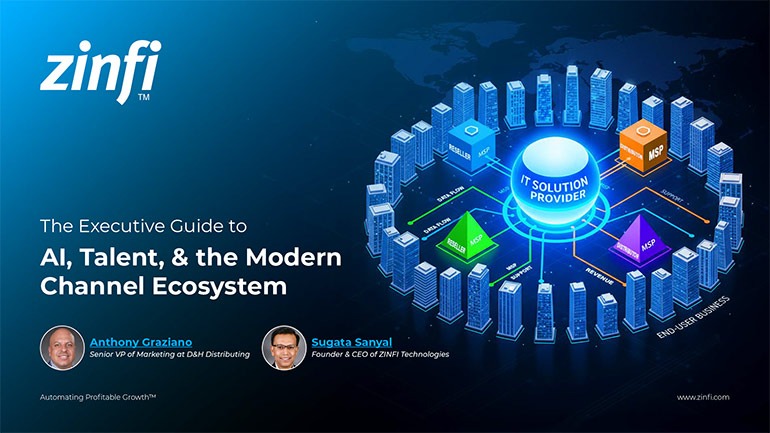 Modernizing Channel Marketing: AI and Ecosystem Enablement Best Practices
Modernizing Channel Marketing: AI and Ecosystem Enablement Best PracticesDownload for FREE
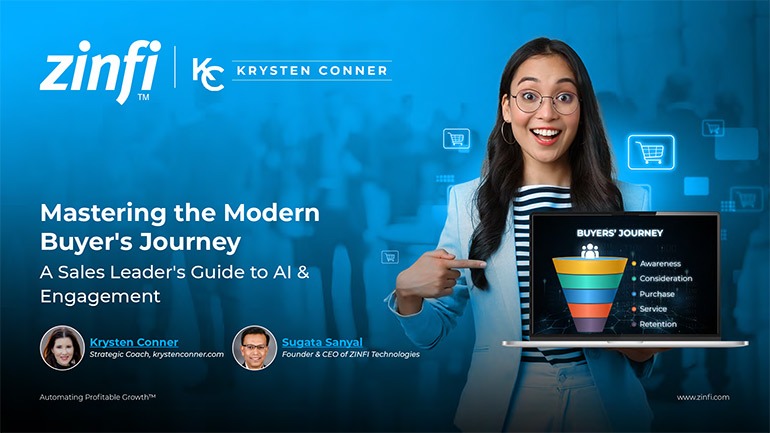 The Channel’s Shift to Partner-Led With AI Best Practices
The Channel’s Shift to Partner-Led With AI Best PracticesDownload for FREE
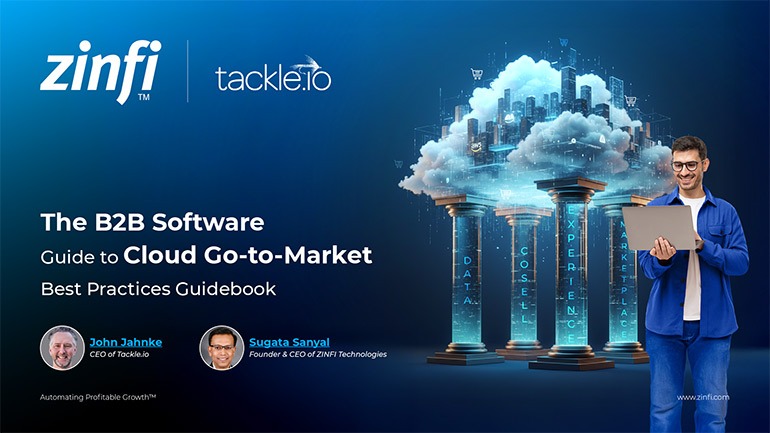 Hyperscalers, ISVs, and AI: Shaping the Future of B2B Software Distribution
Hyperscalers, ISVs, and AI: Shaping the Future of B2B Software DistributionDownload for FREE
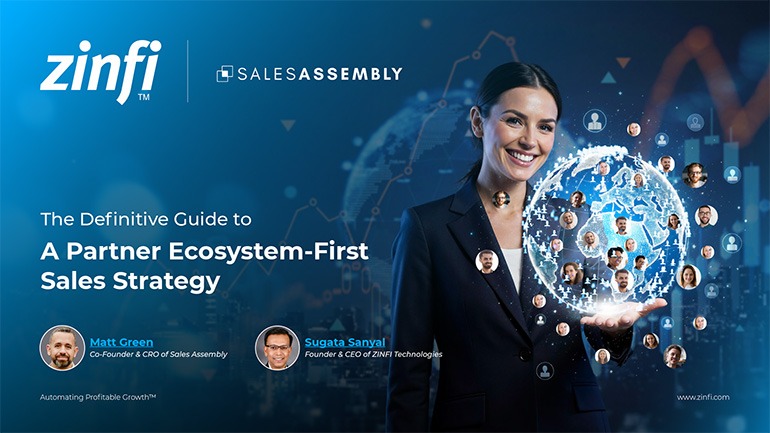 Definitive Guide to a Partner Ecosystem-First Sales Strategy
Definitive Guide to a Partner Ecosystem-First Sales StrategyDownload for FREE
 The Partner-Led Digital and AI Transformation Best Practices
The Partner-Led Digital and AI Transformation Best PracticesDownload for FREE
 Startup Talent Recruitment: Hiring Missionaries, Not Mercenaries
Startup Talent Recruitment: Hiring Missionaries, Not MercenariesDownload for FREE
 The Future of Partner Relationship Management with AI in Partnerships
The Future of Partner Relationship Management with AI in PartnershipsDownload for FREE
 Cybersecurity for the 99%: Strategies from the Frontline
Cybersecurity for the 99%: Strategies from the FrontlineDownload for FREE
 Mastering Partner Relationships: A Strategic Approach to Business Growth
Mastering Partner Relationships: A Strategic Approach to Business GrowthDownload for FREE
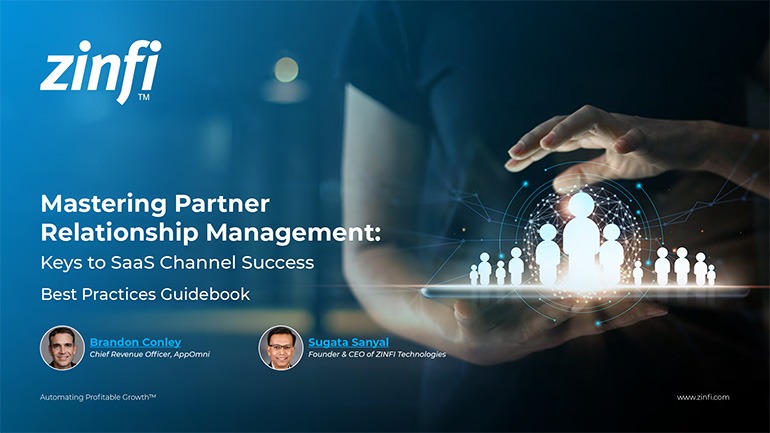 Mastering Partner Relationship Management: Keys to SaaS Channel Success
Mastering Partner Relationship Management: Keys to SaaS Channel SuccessDownload for FREE
 Navigating the AI Revolution: Guide for Partners in the Microsoft Ecosystem
Navigating the AI Revolution: Guide for Partners in the Microsoft EcosystemDownload for FREE
 Mastering the Modern Buyers Journey: Sales Leader’s Guide to AI & Engagement
Mastering the Modern Buyers Journey: Sales Leader’s Guide to AI & EngagementDownload for FREE

